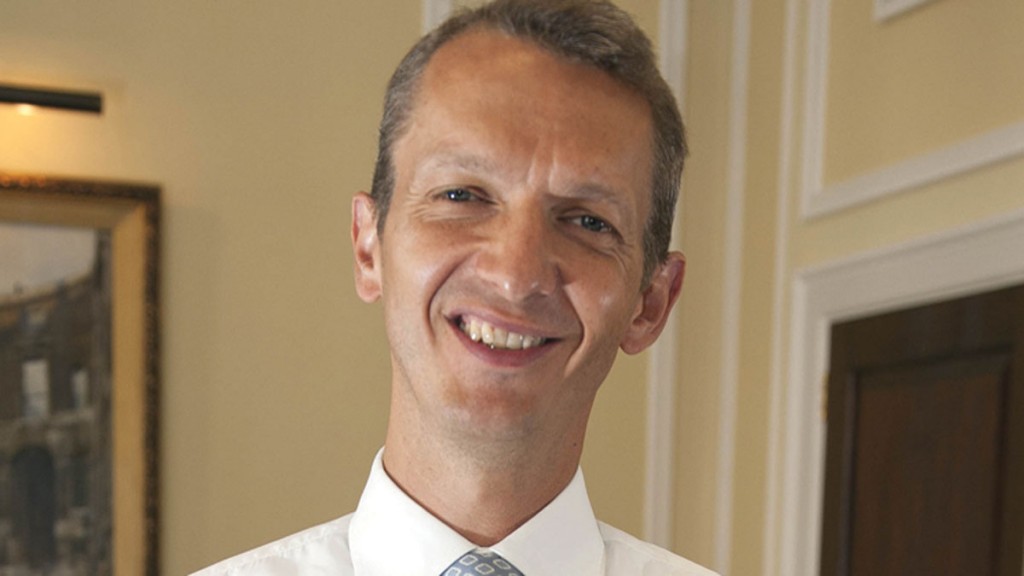
The Bank of England’s chief economist, Andy Haldane, is under attack after saying that property is a better bet for retirement savings than a pension. “It ought to be pension but it’s almost certainly property,” he told The Sunday Times. “As long as we continue not to build anything like as many houses in this country as we need to… we will see what we’ve had for the better part of a generation, which is house prices relentlessly heading north.”
Ros Altmann, the former pensions minister, described his remarks as “irresponsible”, while Tom McPhail, head of retirement policy at Hargreaves Lansdown, added: “Someone with such a high profile and economically sensitive public position should know better.” But does Haldane have a point? It’s easy to see why some savers feel this way. The average UK house price has risen by 27% in the ten years to the end of July, according to Land Registry data.
The FTSE All-Share index has risen by 22% (although shares will have paid dividends and buy-to-let property paid rental income, in addition to these capital gains). Moreover, property is a geared investment: buying a £300,000 house might take only a £30,000 deposit up front, so a 20% rise in its value is a return of 100% on your initial stake.
However, pension plans feature a number of advantages with which property can’t compete. First, if you’re a member of a pension scheme at work, you’ll get a contribution from your employer on top of your own savings – free cash, in effect. You’ll also get a boost from the government, which offers up-front tax relief on pension contributions; this means it costs only £80 and £60 respectively for basic-rate and higher-rate taxpayers to pay £100 into their schemes.
Moreover, pensions grow free of income and capital-gains tax, which is potentially payable on most other investment returns (though not profits on your main home). You can even take 25% of your pension fund tax-free when you cash it in.
Another crucial factor is that it’s harder to manage risk with property. If you’re planning to depend simply on your home for your retirement wealth, you’re relying completely on the value of just one asset. Even investors with a handful of buy-to-let properties – and most buy-to-let investors own just one property – are not well-diversified. By contrast, pensions can be invested in individual stocks and bonds and in collective investment funds that let you invest across a broad spread of assets – meaning that you’re not simply dependent on the housing market continuing to soar.
The problem for pensions is that they can seem more complex than property – something Haldane alluded to earlier this year when he confessed to “not being able to make the remotest sense of pensions”. A series of changes to legislation have added to this complexity. Some, such as pensions freedom, are welcome, while others, such as cuts to contribution allowances, have been less popular.
Still, for most investors the basics remain simple enough: they make regular contributions into their plans, invest this money until retirement, then use the final pot to generate a pension income through drawdown, or by buying an annuity. In any case, running a buy-to-let isn’t always simple, while property investment can be subject to new rules – this year the government introduced a new three percentage point stamp-duty surcharge on buy-to-let purchases.
In reality, pensions and property aren’t mutually exclusive – there’s nothing to stop people pursuing both routes to a financially secure retirement. But for savers with limited resources, the diversification benefits of pensions, on top of tax relief and employers’ contributions, make them a wiser choice.